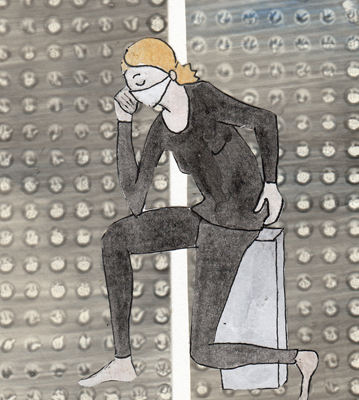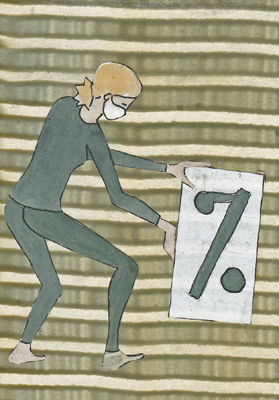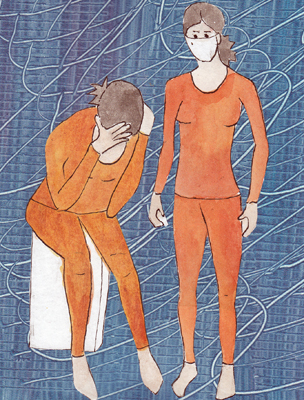Children Who Lost Parents and Deaths of HCW
I read two pandemic papers several weeks ago that made me very sad. While we've all been alarmed at the number of deaths due to Covid-19 these two studies focused on the number of (1) children who lost a parent and (2) deaths of health care workers. I don't understand the modeling methods used in the first study, but it is published as a detailed research letter in JAMA Pediatrics, a reputable medical journal. They say that sudden parental death can be particularly traumatizing to children. Their model demonstrates that from February 2020 to February 2021 there were 37,300 children aged 0-17 who lost at least one parent (9863 less than 9 years old). Approximately 75% are non-Hispanic whites, the remainder non-Hispanic blacks. We can only guess the types of trauma this causes in children and the support that will be needed for them. I remember one family presented on MSNBC by Nicole Wallace in which both parents died, several days apart, leaving multiple young children. See Below for Study on Health Care Workers

Information about health care workers appeared in the Guardian based on data collected from mid-March 2020 to April 7, 2021. More than 3600 health care workers died with 50% of them being less than 60 years. A majority of deceased workers were people of color and more than a third were born out of the US. A huge number of deaths occurred early in the pandemic, probably in part related to the difficulty getting PPE. Most of the deaths were nurses and support staff, but also included physicians, pharmacists, first responders and hospital technicians. Only about 25% of the people who died worked in hospitals. Other people who died worked in places like residential facilities, outpatient clinics, hospices, and prisons etc. Covid-19 is a deadly infection and I admire the physicians, nurses, respiratory therapists and other personnel so much. Since then scientists have developed very effective and safe vaccines and this is my plea to everyone reading this to please get vaccinated. Dr. Michael Osterholm told everyone listening to his podcast from Thursday to get 2 people to agree to getting vaccinated. Please....
 '
'

